Clipart tagged: ‘architrave’
Architrave of Entablature over Doorway at the Great Temple at Philæ
An entablature refers to the superstructure of moldings and bands which lie horizontally above columns,…

Cornice of Entablature over Doorway at the Great Temple at Philæ
An entablature refers to the superstructure of moldings and bands which lie horizontally above columns,…
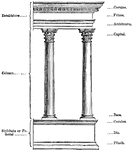
Elements of an Architectural Order
A diagram showing the titles for different types of architecture.
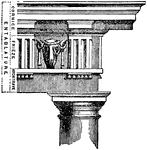
Entablanture
An entablature refers to the superstructure of moldings and bands which lie horizontally above columns,…
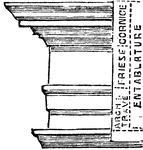
Entablature
"The horizontal portion of an order, including cornice, frieze, and architrave, which is supported by…
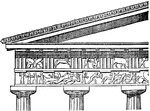
Doric Entablature
"Doric Entablature. E, entablature: a, epistyle or architrave; b, frieze; c, cornice." -Whitney, 1911
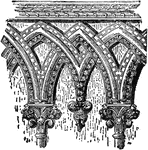
Drontheim Frieze
"A Frieze, in architecture, is that portion of the entablature which is between the architrave and the…

Roman-Doric Frieze
"A Frieze, in architecture, is that portion of the entablature which is between the architrave and the…
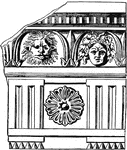
Roman-Doric Frieze
"A Frieze, in architecture, is that portion of the entablature which is between the architrave and the…

Roman Oblong Panel
This Roman oblong panel is at the underside of the architrave (moulded band) of the Temple of Vespasian…
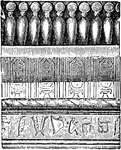
Great Temple at the Island of Philæ
The Temple of Debod is an ancient Egyptian temple which was rebuilt in Madrid, Spain. The temple was…


